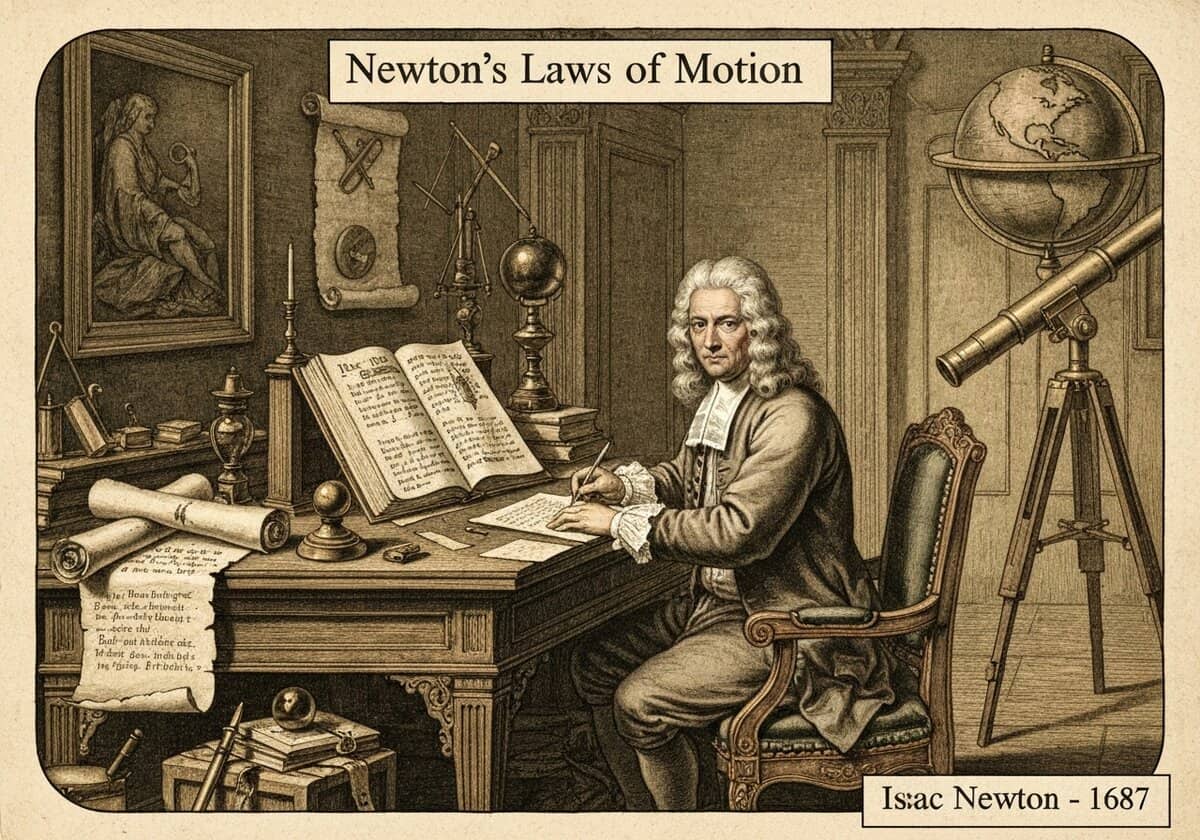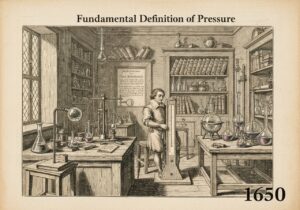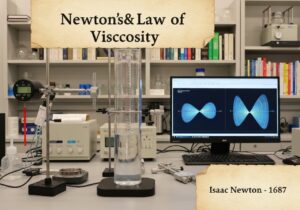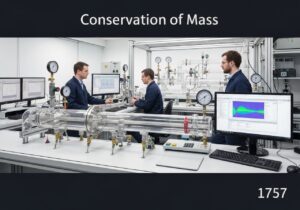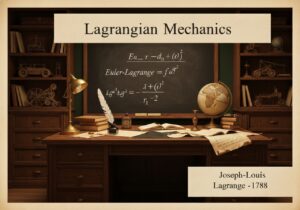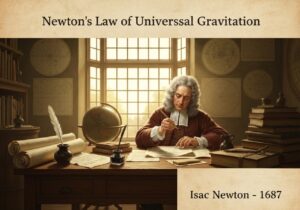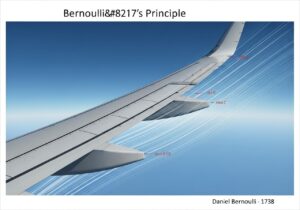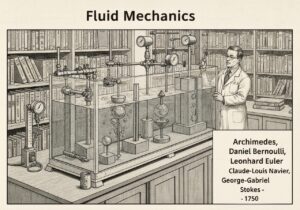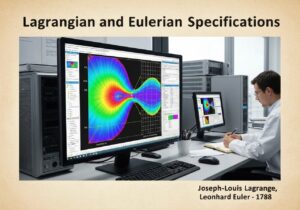A set of three physical laws forming the basis of classical mechanics. Il first law (inertia) states an object remains at rest or in uniform motion unless acted upon by a net external force. The second law quantifies force as mass times acceleration, [latex]\vec{F} = m\vec{a}[/latex]. The third law states that for every action, there is an equal and opposite reaction.
Published in his 1687 work, *Philosophiæ Naturalis Principia Mathematica*, Newton’s three laws of motion revolutionized science. They provided a complete framework for describing the motion of everyday objects, forming the bedrock of what is now known as classical mechanics.
The First Law, the law of inertia, defines an inertial reference frame—a frame of reference where the law holds true. It states that an object’s velocity is constant unless a net force acts upon it. This was a departure from the Aristotelian idea that motion required a continuous force.
The Second Law is the quantitative core of classical dynamics. It states that the net force on an object is equal to the rate of change of its momentum. For an object with constant mass [latex]m[/latex], this simplifies to the famous equation [latex]\vec{F} = m\vec{a}[/latex], where [latex]\vec{F}[/latex] is the net force vector and [latex]\vec{a}[/latex] is the resulting acceleration vector. This is a differential equation, and solving it allows for the prediction of an object’s trajectory through time.
La Terza Legge, la legge di azione e reazione, afferma che le forze si presentano sempre in coppia. Se un oggetto A esercita una forza su un oggetto B, allora un oggetto B esercita simultaneamente su un oggetto A una forza di uguale intensità e direzione opposta. Questo principio è fondamentale per comprendere le interazioni e conduce direttamente alla legge di conservazione della quantità di moto.
Queste leggi sono straordinariamente accurate per il mondo macroscopico a velocità molto inferiori a quella della luce. La loro validità decade nell'ambito della relatività speciale (ad alte velocità) e della meccanica quantistica (su scala atomica e subatomica), dove vengono sostituite da teorie più generali.

